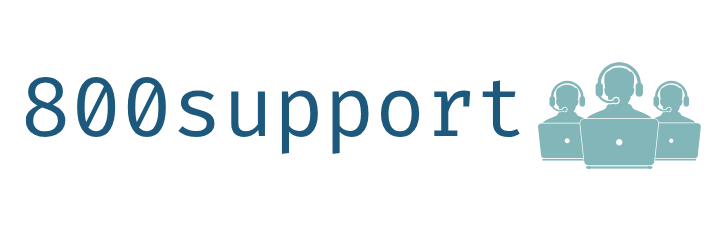Tips For Safe Internet Banking
In the last decade or so Internet banking has picked up to the levels when number of people using internet banking in day to day routines has arisen exponentially.Along with the rise of internet banking, there has been a significant increase in the online thefts, hacking has been the predominant activity behind these thefts.
Hackers create programs having hidden section which in turn infect computers and are used intentionally to decode the account credentials. Along with that, there has been a surge in an intelligent kind of hacking called Phishing of late as our society has come across many varieties of Phishing out of which email attacks have been the top choice as
Phishing emails having the links to fake websites which look same as the original bank website.
Phishing emails pretending to have come from legal agencies and asking for credentials in many ways.
How to avoid Internet Banking thefts
In practice usually no banks ask for user ID and password, so it should never be compromised. Do a great deal of inquiry with your bank in the worst cases.
Do not use internet cafe or shared computer for your internet banking access, to avoid unauthorized access to your account. Its always a good practice to clear the cache, cookies, saved passwords, files, user names in the browser.
Always memorize your password or personal identification numbers, do not write it anywhere, and specially do not write in your PC document files.
We should always keep changing the password periodically so that the chances of unknowingly compromised passwords being exploited are reduced.
Prefer not to use same password for your financial account which you may use for other internet connection.
Always try accessing the bank website by correctly typing the URL in address field as there can be websites having almost similar names(to capture the typing mistakes) and looks (to create illusion) as the original bank website. Practice some caution here.
When you finish with your internet banking stuff, always logout from the menu and clear the temporary files, cache, cookies etc.(Usually you can do it by going to TOOLS-> INTERNET OPTIONS in your browser)
Delete suspicious mails in particular if they contain attachment and share the incident with other in your reach. (You may save someone from being victim of these emails.
Prefer not to open any email received from someone you do not know.
Must scan all your new files and software’s before installations.




